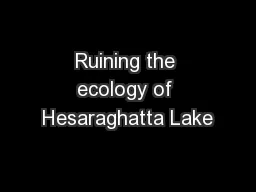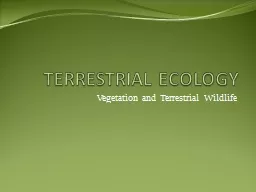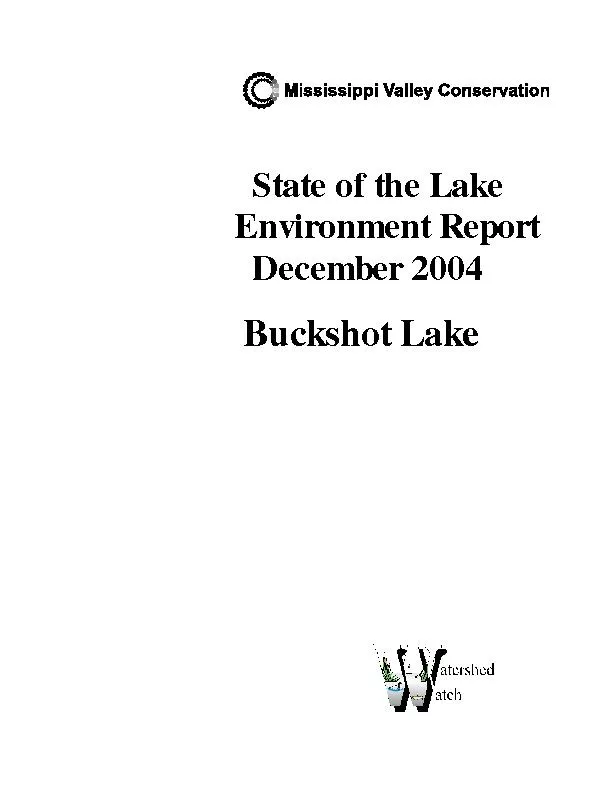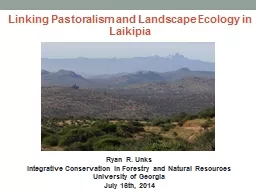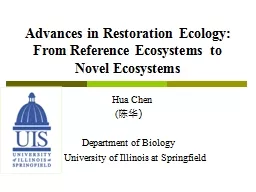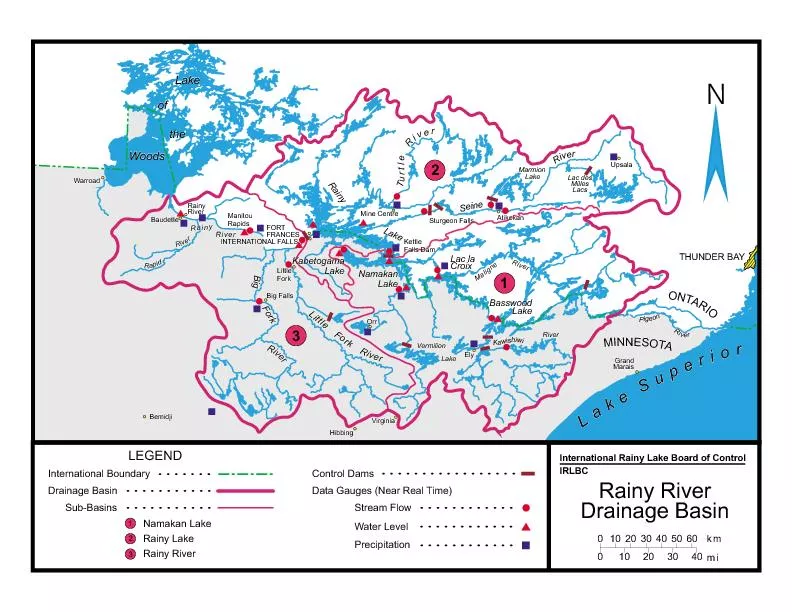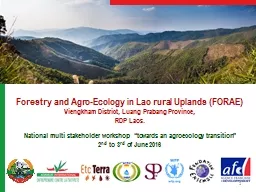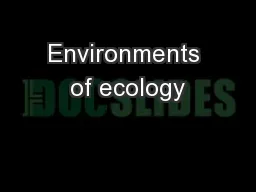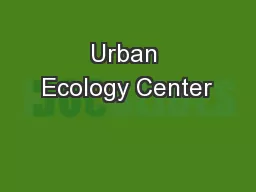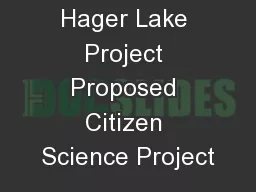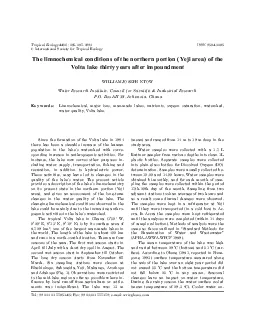PDF-Ruining the ecology of Hesaraghatta Lake
Author : ellena-manuel | Published Date : 2015-10-15
the role of bird photographers Seshadri KS Krishna MB Shashank Balakrishna Sunil Kumar M Prabhakar BS Nitin R Kishan SB Vinay KS Gautham GS Venkat Narayan Sushant
Presentation Embed Code
Download Presentation
Download Presentation The PPT/PDF document "Ruining the ecology of Hesaraghatta Lake" is the property of its rightful owner. Permission is granted to download and print the materials on this website for personal, non-commercial use only, and to display it on your personal computer provided you do not modify the materials and that you retain all copyright notices contained in the materials. By downloading content from our website, you accept the terms of this agreement.
Ruining the ecology of Hesaraghatta Lake: Transcript
Download Rules Of Document
"Ruining the ecology of Hesaraghatta Lake"The content belongs to its owner. You may download and print it for personal use, without modification, and keep all copyright notices. By downloading, you agree to these terms.
Related Documents

